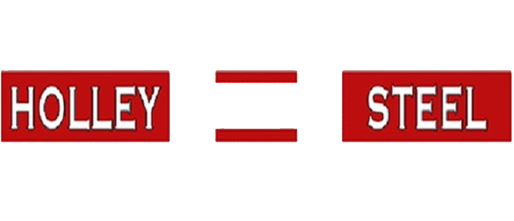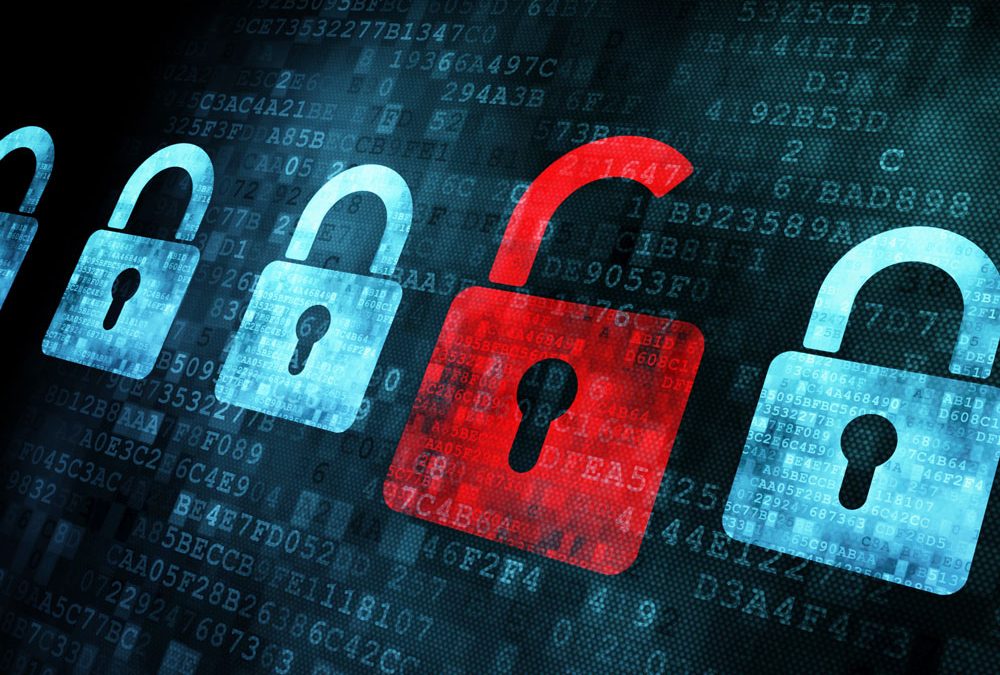
by clikcloud | May 16, 2018 | SMB Technology, SMB Technology, SMB Technology, SMB Technology, Technology News
As Technology grows, so does the complexity of threats to your network–hackers infiltrating your network and stealing passwords, infection of your network with malware, phishing schemes, and even cybercriminals masquerading as your own IT staff, all these pose risks to your network’s security. Your network is only as strong as its weakest link. And sometimes, that weak link is your human capital.
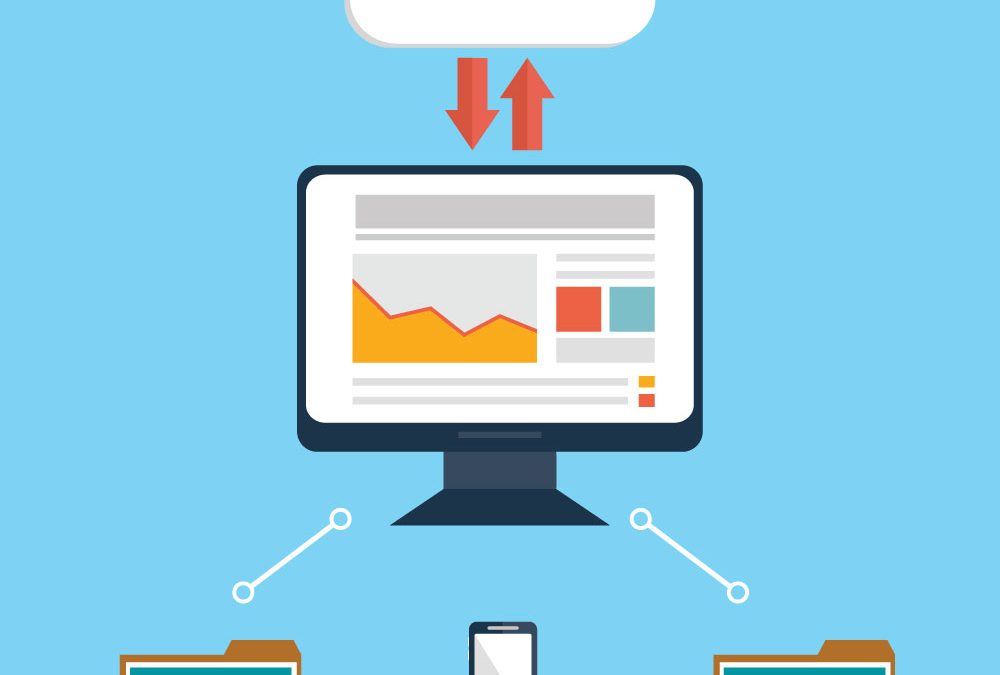
by clikcloud | May 8, 2018 | SMB Technology, SMB Technology, SMB Technology, SMB Technology, Technology News
Migration to the cloud has become more common over the years, with more and more companies moving to the Cloud each day. Benefits of the Cloud extend to many if not all business systems—Communication and Collaboration, Email, file sharing and data storage to name a few. Read on to learn more about how companies, especially small to medium-sized businesses, are using the public cloud for their operations.
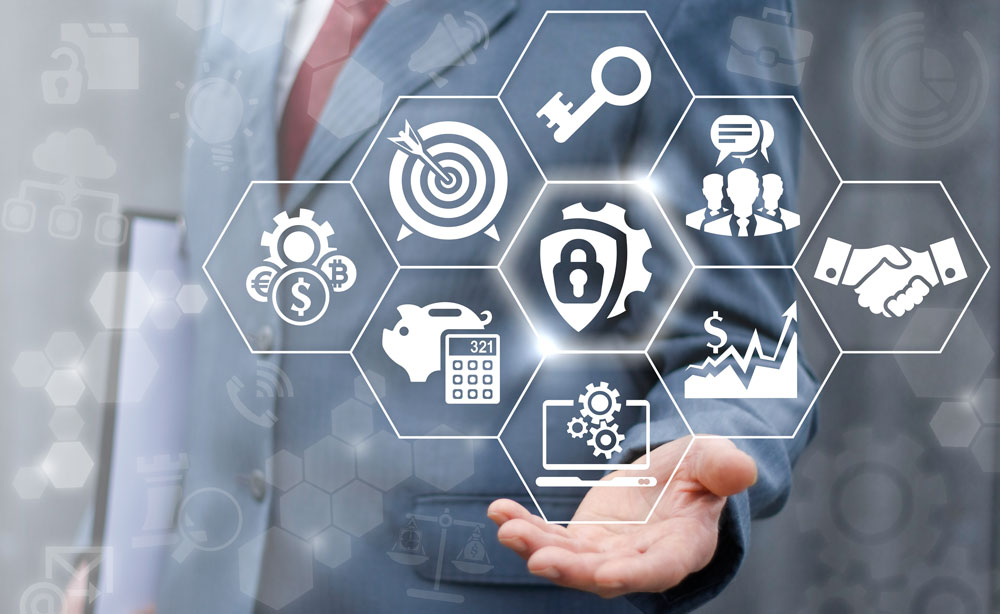
by clikcloud | Apr 17, 2018 | SMB Technology, SMB Technology, SMB Technology, SMB Technology, Technology News
With more and more businesses putting their data in the Cloud, most agree the benefits of doing so outweigh the risks. However, there are still risks to consider, both before and after selecting a Cloud Service Provider. Read on to find out about these as well as to learn how to manage security in the Cloud.

by clikcloud | Mar 13, 2018 | SMB Technology, SMB Technology, SMB Technology, SMB Technology, Technology News
A network is only as strong as its weakest link, and if that weakest link is your security, that can compromise the revenue and the reputation of your business. Attacks just from ransomware have increased over the years, by 200% between 2015 and 2016 alone.
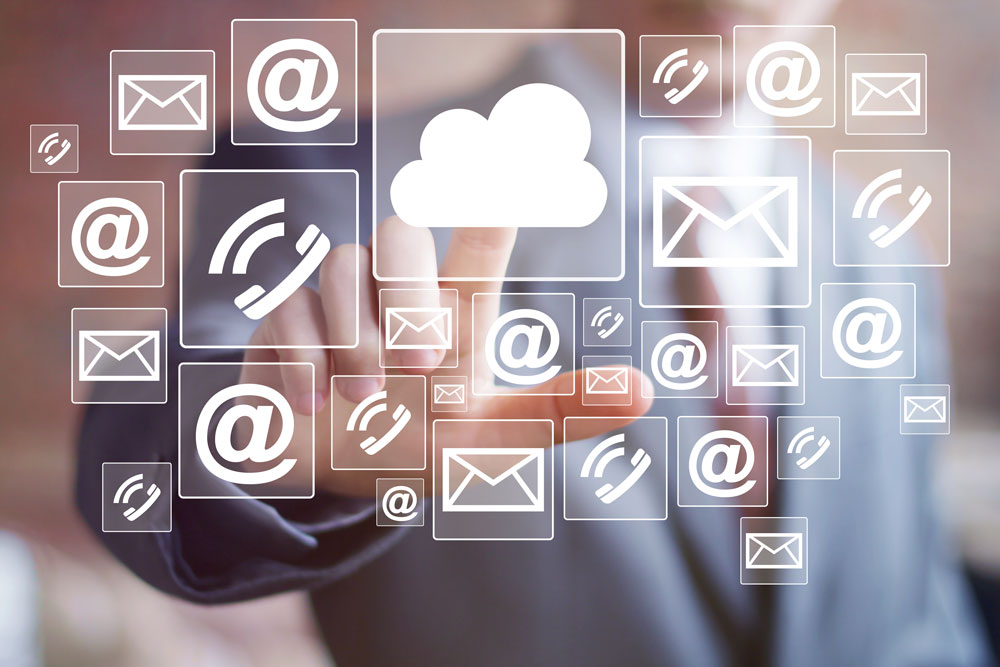
by clikcloud | Mar 6, 2018 | SMB Technology, SMB Technology, SMB Technology, SMB Technology, Technology News
Your network is the backbone of your technology infrastructure, enabling your business to run smoothly. But are you using it in the most cost-effective manner, getting the most for your technology budget? Read on to find out more about how to keep network expenses in check.

by clikcloud | Feb 13, 2018 | SMB Technology, SMB Technology, SMB Technology, SMB Technology, Technology News
Your network is under continuous pressure to keep up with the growth of your business. Broadband networks providing instant connectivity are a core requirement for most businesses. Your network needs to provide fast access to Cloud Services including Email, Online Backup, Unified Communications, Call Center and other applications.

